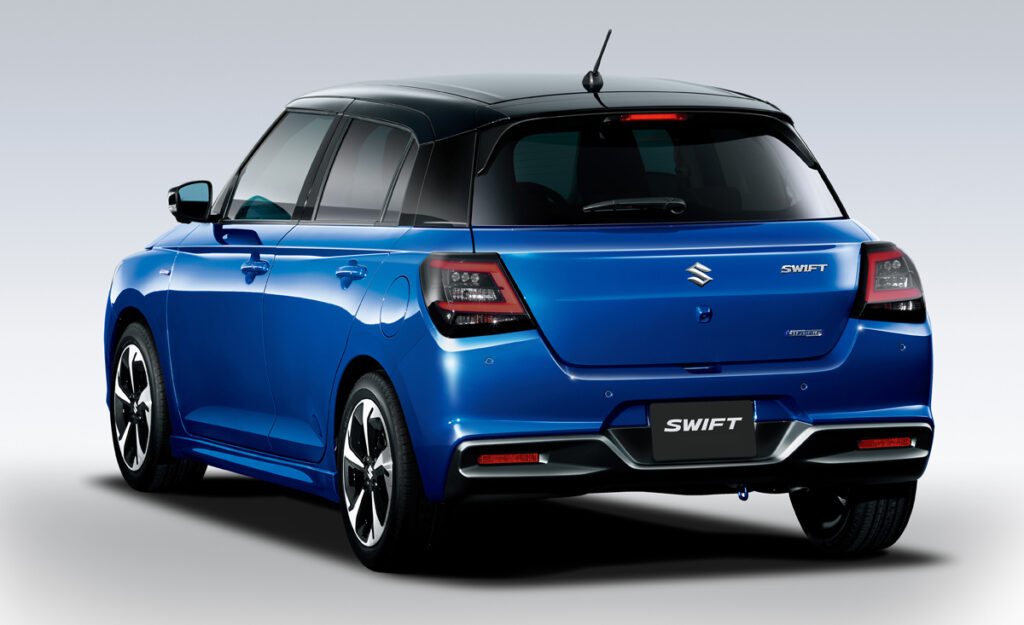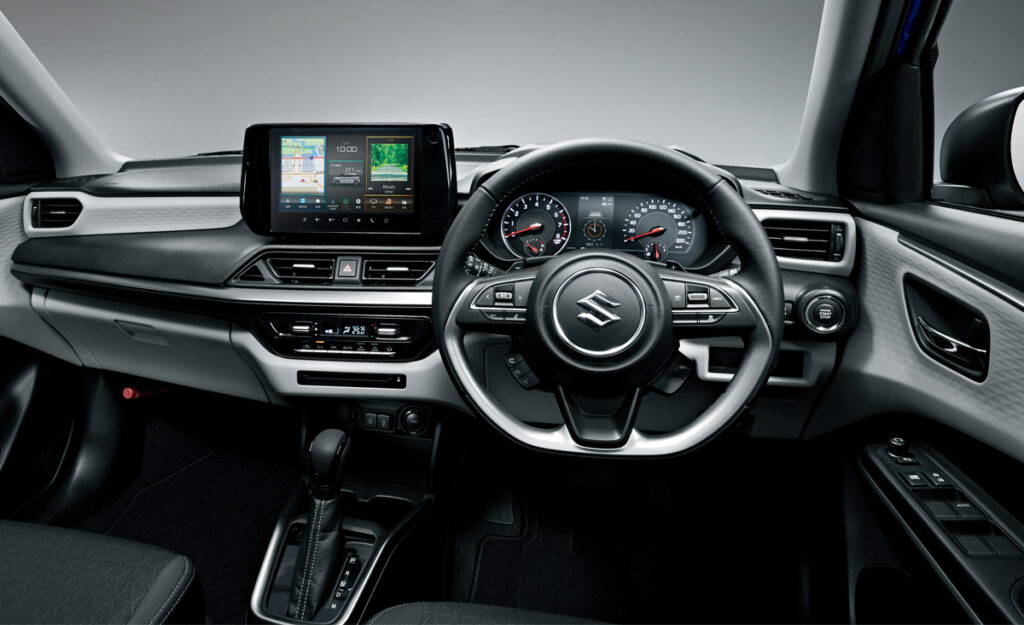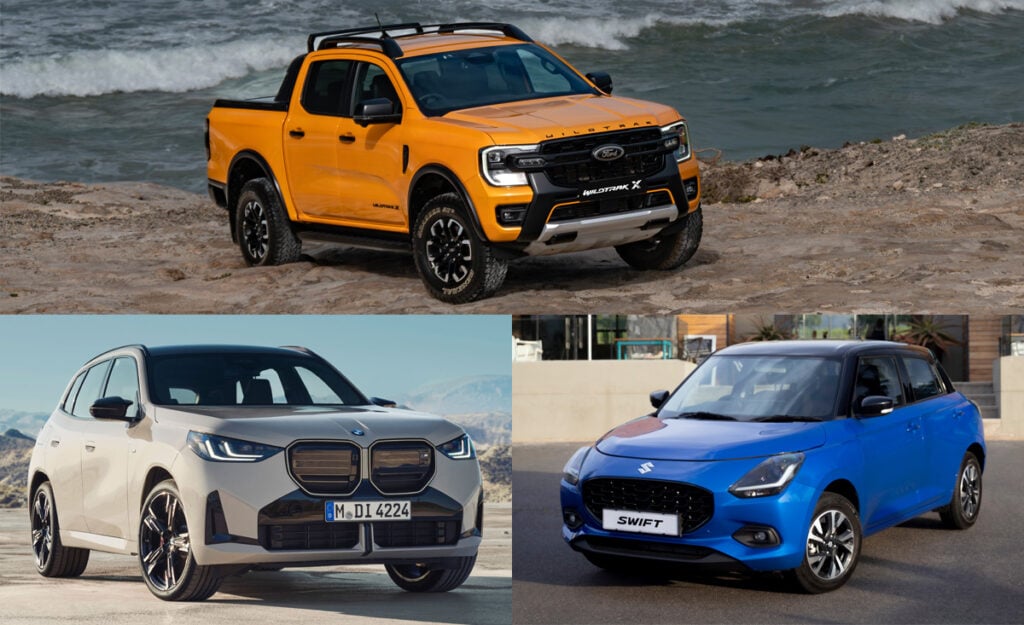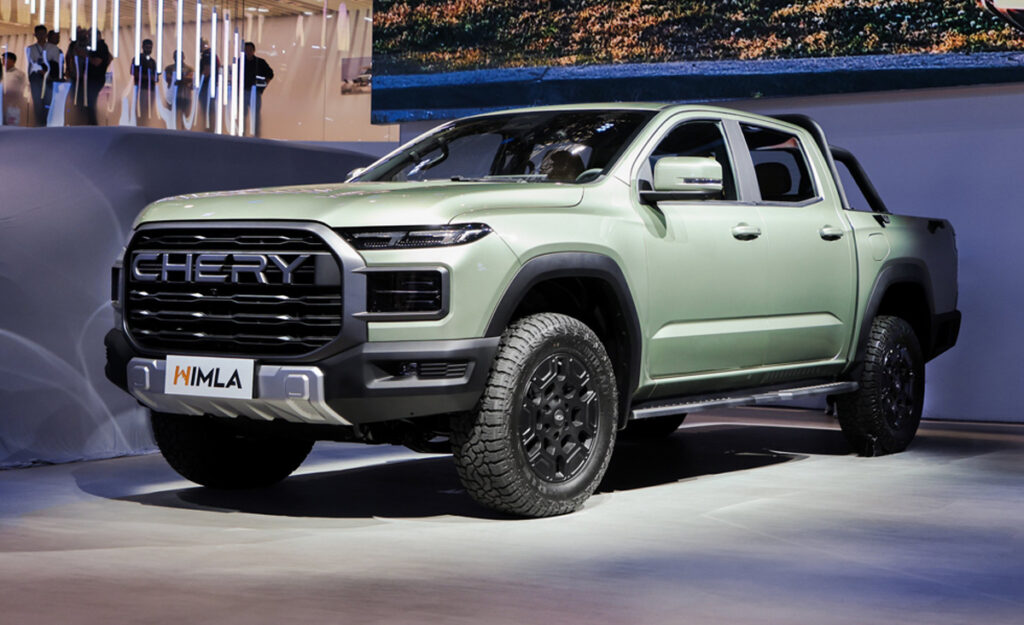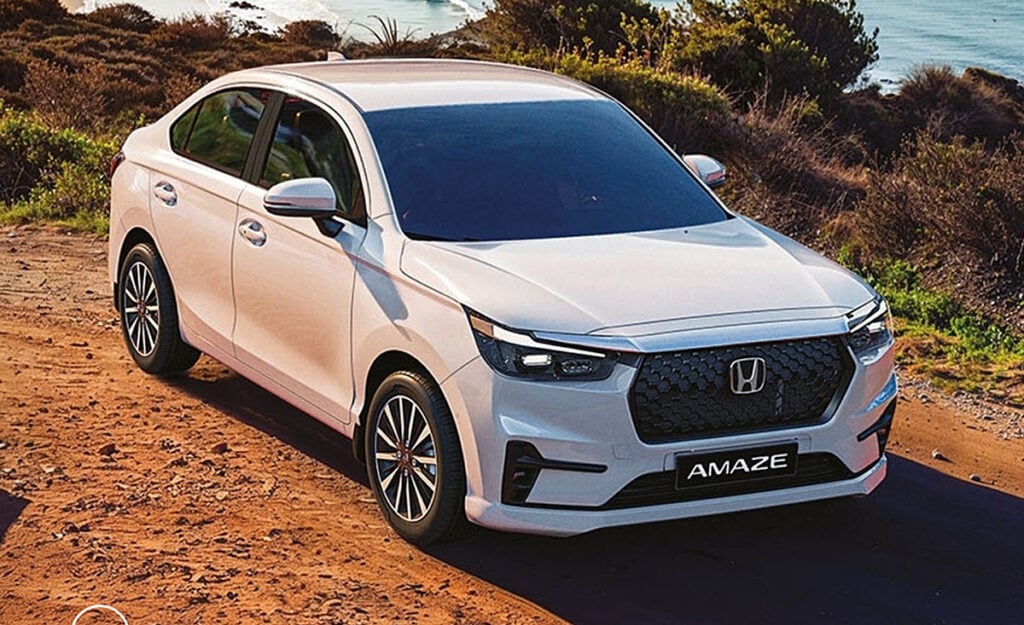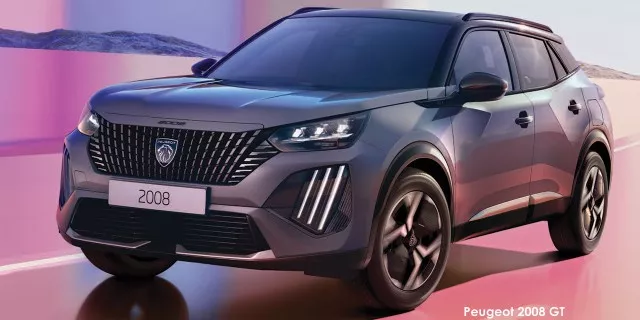Next-generation Suzuki Swift revealed – What you need to know

Suzuki has officially revealed the production version of the next-generation Suzuki Swift, showing the world what it can look forward to when it goes on sale next year.
The next iteration of the iconic hatchback was first teased a few weeks back at the 2023 Japan Mobility Show in Tokyo where a concept model was brought on stage for the media to preview.
Now, the carmaker has listed the new Swift on its Japanese website and announced further information about what audiences will eventually be getting their hands on.
What to expect
The new Suzuki will largely retain the distinctive shape of the third-generation units that have been around since 2016, though with a much more angular approach in line with the current design trends seen by other automakers across the industry.
This modern interpretation of the Swift has a rear bumper that protrudes further than the boot door, and the face has been updated with slim L-shaped LED daytime running lights, smaller LED fog lamps, and a sleeker grille pattern.
A total of 13 different colour schemes are listed on the company’s website, including four two-tone variants with a black roof and bumpers, and so far the car has only been shown with one set of new alloy rims with a large bladed spoke appearance.
Inside, the hatchback has clearly taken design cues from the brand’s other recent models like the Baleno and Fronx, with an identical steering wheel and very similar dashboard with automatic climate controls and a 9.0-inch infotainment screen that rises up from the centre console.
Other notable changes include a new push-start button and an electronic handbrake, the latter of which has helped to free up the lower console to make way for more storage space, and the interior itself is sporting a two-tone black and white theme with a contrast stitch pattern on the steering wheel, gearstick, and seats.
The Japanese models also boast new advanced driver assistance systems (ADAS) like automatic headlights and a camera and radar system that can monitor blind spots and engage automatic emergency braking.
It’s important to note, however, that these are not necessarily items South Africa will get, as companies tailor their vehicles to suit the market in which they will be sold, which in our case generally means stripping features to bring the price down.
As for the engine, Suzuki has confirmed that the Japanese units will use a new 1.2-litre, three-cylinder petrol block, in contrast to the current four-cylinder plants, that will also incorporate mild-hybrid technology.
Maruti Suzuki India, on the other hand, is expected to stick with the existing naturally-aspirated powerplant, albeit with a boost to its power and torque figures, according to a report from Autocar India.
As a reminder, the hatchback currently uses a 1.2-litre powertrain that delivers 61kW and 113Nm while averaging 4.9l/100km on a combined fuel cycle.
Given that South Africa imports its vehicles from India, it’s almost certain that we will eventually receive the same models after a short delay.
The next-generation Suzuki Swift is expected to go on sale in India in the second half of 2024, putting our launch window at the end of next year or potentially into early 2025.
